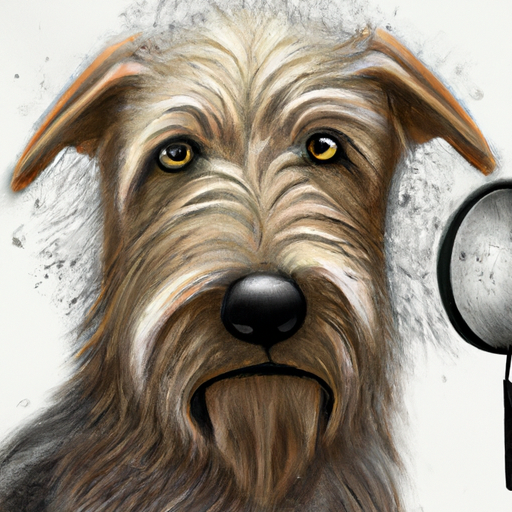Understanding Dandruff in Dogs
You might have noticed your beloved furry friend scratching more often than usual, or perhaps you’ve spotted some unsightly white flakes on their coat. Before you start panicking, you should know that dogs, just like humans, can have dandruff. This condition, also known as Seborrhea, is quite common in dogs and is characterized by the excessive production of skin cells.
The skin cells then dry out and flake off, visible as ‘dandruff’ on your dog’s coat. This can be a source of discomfort for your dog, and it’s important to understand the causes and solutions to help alleviate their discomfort.
Causes of Dandruff in Dogs
Several factors can contribute to your dog’s dandruff. Here are a few common causes:
- Dry Skin: This is the most common cause of dandruff. Low humidity, especially during winter months, can cause your dog’s skin to dry out.
- Allergies: Dogs can be allergic to certain foods, fabrics, plants, or chemicals. These allergies can result in skin irritation and dandruff.
- Parasites: Certain parasites like fleas or mites can cause severe itchiness and skin flaking.
- Diet: Lack of essential fatty acids in your dog’s diet can lead to dry skin and dandruff.
Symptoms and Diagnosis
Dandruff in dogs is usually visible as white flakes on their coat, particularly in darker areas. You might also notice:
- Excessive scratching
- Redness or inflammation on the skin
- Bald patches
- Unusual odor
If you suspect your dog has dandruff, it’s best to consult with a veterinarian. They can conduct a thorough physical examination and may also perform tests to rule out any underlying health conditions.
Treatment Options
Depending on the cause, there are several options for treating your dog’s dandruff:
- Dietary Changes: Include more omega-3 and omega-6 fatty acids in your dog’s diet. These can be found in fish oil supplements or in certain dog foods.
- Medicated Shampoos: Shampoos specially formulated for dandruff can provide relief. Look for ingredients like coal tar, salicylic acid, or selenium sulfide.
- Frequent Brushing: Brushing your dog’s coat regularly can help distribute natural oils and remove dead skin cells.
| Treatment | Description | Frequency |
|---|---|---|
| Diet Changes | Include essential fatty acids in meals | Daily |
| Medicated Shampoos | Use as directed by Vet | As needed |
| Regular Brushing | Helps distribute oils and remove dead skin | Daily |
Preventive Measures
Prevention is always better than cure. Here’s what you can do to prevent dandruff in your dogs:
- Maintain a balanced diet for your dog, rich in essential fatty acids.
- Regular grooming and bathing can keep the skin clean and dandruff-free.
- Keep your dog’s living area clean and parasite-free.
- Ensure regular check-ups with the vet to keep their health in check.
Frequently Asked Questions
Q: Can human dandruff shampoo be used on dogs?
A: No, human dandruff shampoos can be harmful to dogs. Always use products specifically designed for dogs.
Q: Is dandruff in dogs a sign of poor health?
A: Not necessarily. While it can be a sign of underlying health issues, dandruff is often caused by environmental factors or diet.
Q: Can I prevent dandruff in my dog?
A: Yes, with a proper diet, regular grooming, and routine vet check-ups, you can prevent dandruff in your dog.



